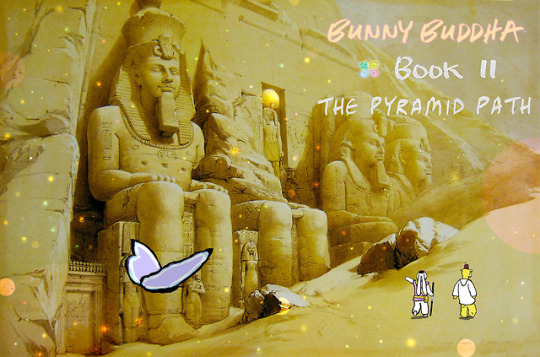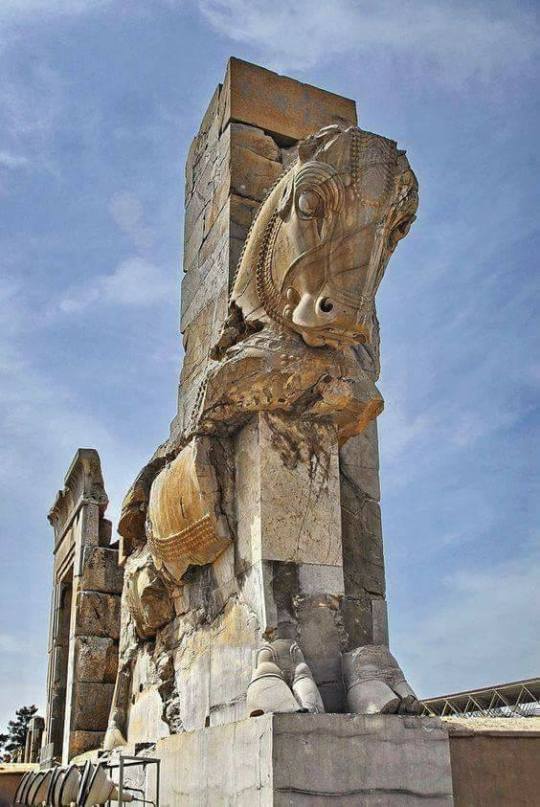Text
WAS JESUS A WOMAN?
HELLO! I hope you enjoy the rebirth of your TRUE SELF & the Oneness and Eternal Love that we are ALL made of. Apart from celebrating the Spring Equinox and more light and love in our lives, let's look at the fascinating prehistory of the Jesus resurrection story. It's a long and fascinating tale! At the end of this newsletter, we have a feminist interpretation of Jesus's behavior as wildly Divine Feminine. As radical as it sounds at first, when we contemplate the concepts of Jesus, we see the Divine Feminine everywhere. And the pagan roots of pre-Christian Easter are full of goddesses.
Pop culture can be very misleading. Forget the guilt and shame for not fitting into the Hallmark or television portrayals of what the holidays are supposed to be. Each holiday that may seem meaningless in our materialist culture today actually has deep roots that tell an important, ancient and lost part of the human story.
The following is a compilation from an interview between Valerie Tarico and Tony Nugent, a Presbyterian minister and a professor of Theology and Religious Studies at Seattle University.
Some say the crucifixion and resurrection narratives simply retell the cycle of seasons, the death and return of the Sun. Others say that these stories are literal histories. But you say the reality is more complicated than either of these. You argue that the Easter stories - the death and resurrection of Jesus have very specific mythic origins.
While the story is told as if it happened, it is a theologically and mythically constructed history. The conclusion of the story, the account of Christ’s crucifixion, resurrection and ascension to heaven, has many layers. But at its core I would say it is an historicized version of a very ancient myth from Mesopotamia, the Cradle of Civilization, the land we today call Iraq. In the Sumerian tradition, in which much of the Bible is rooted, the story is called,“From the Great Above to the Great Below” or “The Descent of Inanna.” There is also a Babylonian version of the myth, which is called “The Descent of Ishtar,” and she is known elsewhere as Astarte.
DEATH & RESURRECTION OF ISHTAR
The Sumerian goddess Inanna is the personification of the planet Venus the “Queen of Heaven” and a major deity in the Sumerian pantheon. A long, long time ago, before humans are even created, Inanna, takes a journey to the Underworld, a realm under the control of her sister Ereshkigal. Before heading out Inanna gives instructions to her assistant about rescuing her if she runs into trouble, which she does. In the underworld, she enters through seven gates, and her worldly attire is removed. “Naked and bowed low” she is judged, killed, and then hung on display. The result of Inanna’s death is that the earth becomes sterile. Plants start drying up, and animals cease having sexual relations. Unless something is done all life on earth will end. After Inanna has been missing for three days her assistant goes to other gods for help. Finally one of them Enki, creates two creatures who carry the plant of life and water of life down to the Underworld, sprinkling them on Inanna and resurrecting her. She then prepares to return to the upper realm.
ISHTAR ---> EASTER
Inanna becomes known outside of Mesopotamia by her Babylonian name, “Ishtar”. She is a personification of Venus as an evening star, and there is also a male aspect of the deity who is usually the morning star. At the end of the Book of Revelation when Christ speaks to John he says, “I am the bright morning star.” In ancient Canaan Ishtar is known as Astarte, and her counterparts in the Greek and Roman pantheons are known as Aphrodite and Venus. In the 4th Century, when Christians got around to identifying the exact site in Jerusalem where the empty tomb of Jesus had been located, they selected the spot where a temple of Aphrodite (Astarte/Ishtar/Inanna) stood. So they tore it down and built the Church of the Holy Sepulchre, the holiest church in the Christian world.
PASCHA
Also, our holiday of Easter was traditionally called ‘Pascha’, and still is in many languages, named after the Jewish festival of ‘Pesach’ or Passover. In the Germanic and Anglo-Saxon world we have, however, come to name the holiday ‘Easter’. This name is almost surely a reflex of the goddess Ishtar. In the pagan spiritual traditions of Germany and England in the medieval period Ishtar, who came to be called the goddess Easter, and who as a deity of resurrection and rebirth became strongly associated with the season of springtime and ultimately gave her name to Christianity’s main holy day.
THERE IS SO MUCH MORE TO THE STORY
The intrigue of Easter for Bunny Buddha is not only the deep reach of the holiday's pagan roots, but also its intensely Divine Feminine symbolism. This is a unique perspective of Jesus written by Elizabeth Farrelly:
WAS JESUS ACTUALLY A FEMININE SYMBOL?
This is what we should remember at Easter. Not just the bouncy rites of spring, the bunnies and chickens, the rebirth. Not just the despair that necessarily precedes it, nor even the deliberate mangling of good by evil; the Easter chiaroscuro. The real story is yet more complex. It's an attack by the masculine virtues embodied in the hierarchy – certainty, strength, power, reason – on the feminine ones embodied in Christ – love, compassion, self-sacrifice and unreasoning trust.
If we were to cast Jesus as a woman instead of a man, the Christ story may make more sense. At every turn, the Jesus version inverts the heroic male mode into its yielding, female counterpart. Any numinous reading of the given shows that, psychologically and symbolically, the Jesus figure is profoundly female. Jesus' sacrifice is of self, not of others. It is accepted but assiduously not willed. His resurrection results not from his warrior skills or strategic cunning, but from his refusal to exercise power that is in his grasp. His godly promise is not to help mortals win in war or life, as Zeus or Heracles might, but to teach us to reconceive the paradox of loss.
At every point – pun notwithstanding - Jesus is the penetrated, not the penetrator. This was the revolution. Christ doesn't simply oppose male power structures. He insists that the old power model – aggressive, domineering, objectifying – is illusory; that real power is openness, vulnerability, love. This is what made them so angry. It's why he had to die. Even the way the death itself is turned into a parodic test, where the official lynch mob mocks the dying man by suggesting he prove his divinity by saving himself, became, in history, the woman's test - the ducking stool. Only by dying can Jesus show his persecutors their mistake. The point is that might cannot equal right. Torture cannot produce truth. Force can produce the appearance of harmony, but not its fact. You can't force the land into fertility, women into love or children into goodness. This is self-evident. Yet for 2000 years we have accepted religious structures based on might.
In her book When Women Were Priests, writer and scholar Karen Jo Torjesen argues convincingly that the early church, until the 3rd century, included numbers of women priests, but that this was stamped out by the hierarchy of 4th century Christian polemicists by exploiting the idea that a public woman was a sexual woman, and therefore to be derided.
The pre-existence of these paradigms might explain the church's perpetuation of them, but also makes more blindingly obvious that Jesus' virtues – the humility, modesty, chastity, patience, compassion and love he consistently opposes to male agency - are the virtues of womanhood. The church's exile of women is surely itself a heresy, exiling Jesus.
We are One. We are Strong. We are Bunny Buddha. We are here to become more conscious and celebrate the Divine Feminine within us all. Enjoy the REBIRTH of your CONSCIOUS SELF. Celebrate Spring and honor your soul. The road to truth is a longisima via, and I'm so grateful to explore the lost history of women with you in a time of deep awakening. Thank you for reading and I hope we can contemplate the Divine Feminine in our lives and how we can resurrect it!
Love,
Bunny Buddha
DIVINE FEMINIST MERCHANDISE ¡REPRESENT!
0 notes
Photo

https://www.bunnybuddha.shop/collections/books/products/bunny-buddha-book-one-bedtime-stories
0 notes
Photo

💗Keep Everyday Yoga on your smartphone/tablet for Anytime Yoga! FREE Download 👉🏽 http://bit.ly/EverydayYogaPosesDownload
http://bit.ly/EverydayYogaPosesDownload
0 notes
Photo

💖💙 💜 CONSCIOUSNESS IS EVERYTHING - THERE IS NO DEATH 💛 💚 💗
0 notes
Video
The Ark of the Covenant & The Great Pyramid of Egypt | Ancient Architects
0 notes














